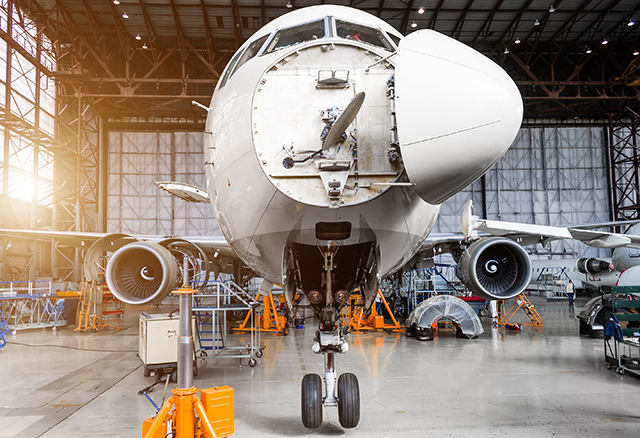
American Hydroformers: Getting The Product You Want With Hydroforming
When it comes to hydroforming, many people may think that it is all about making large parts and expensive parts that can be customized and specialized for applications such as automobiles, jet engine …
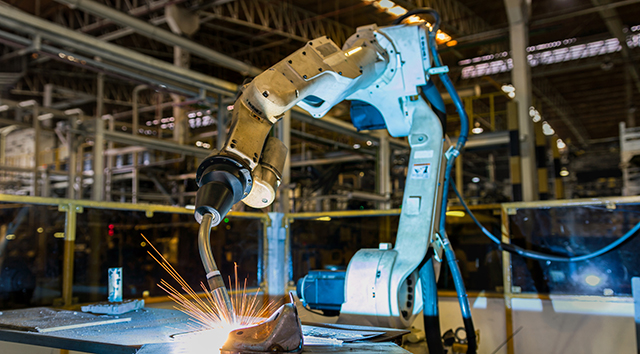
What’s New in the World of FEA? Check Out Our Summer News Roundup!
Over the past few years, the industry has seen an uptick in the use of FEA (Finite Element Analysis). Of course, this is unsurprising, given the software’s versatile applications. Through running mode …
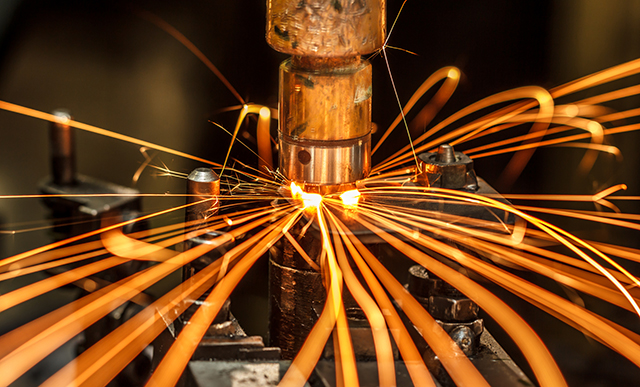
Friction Stir Welding: What is it and How Does it Work?
Lauded as the most significant innovation in metal joining in the last decade, Friction Stir Welding (FSW) introduces a solid-state joining process that is environmentally friendly, versatile, and ene …
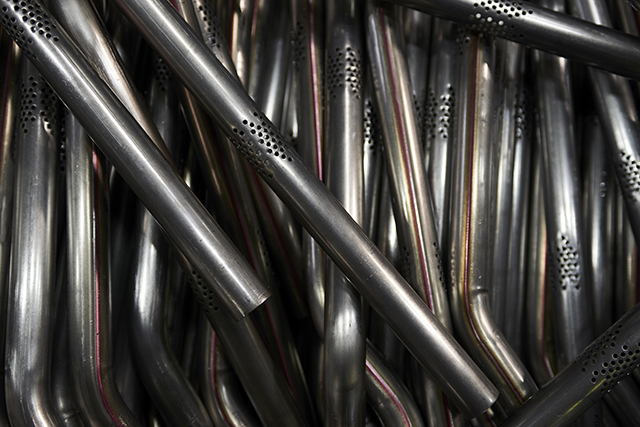
Automotive Industry: What Is Tube Hydroforming?
When the right circumstances present themselves, hydroforming can be a cost-effective and reliable resource in your manufacturing process. Tube hydroforming will generally produce structural component …
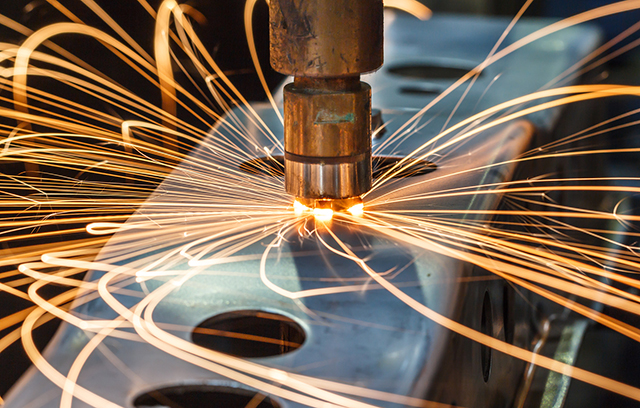
What Is Hydroforming: Sheet Metal Hydroforming
Metal hydroforming is not anything new, but it does offer an appropriate alternative that some manufacturers may not be considering. If your organization or company does not currently own any hydrofor …
